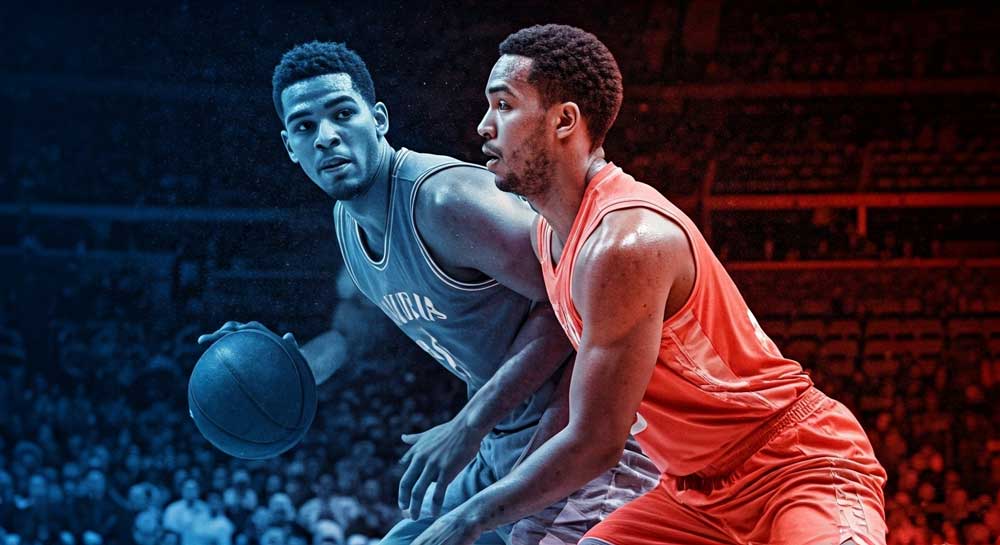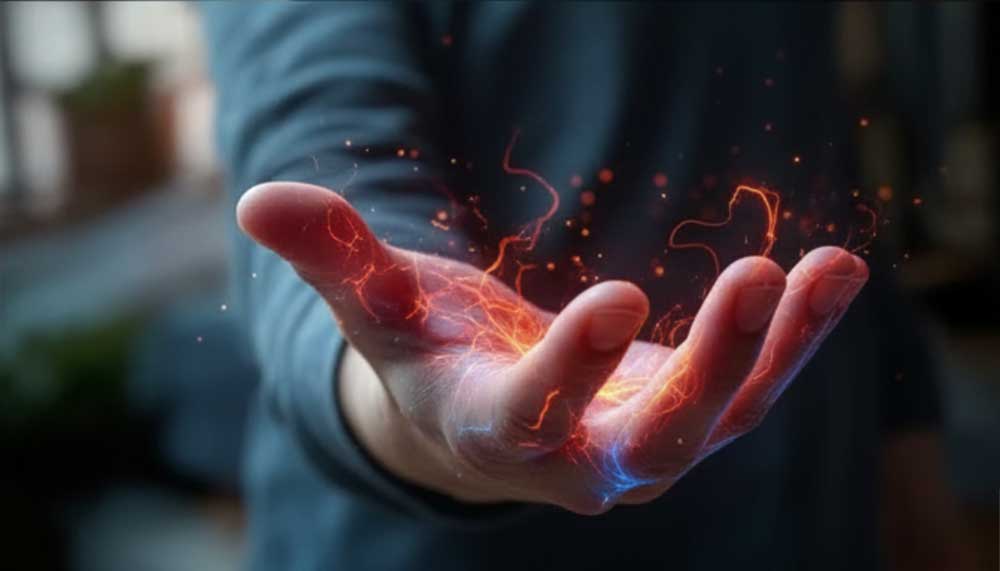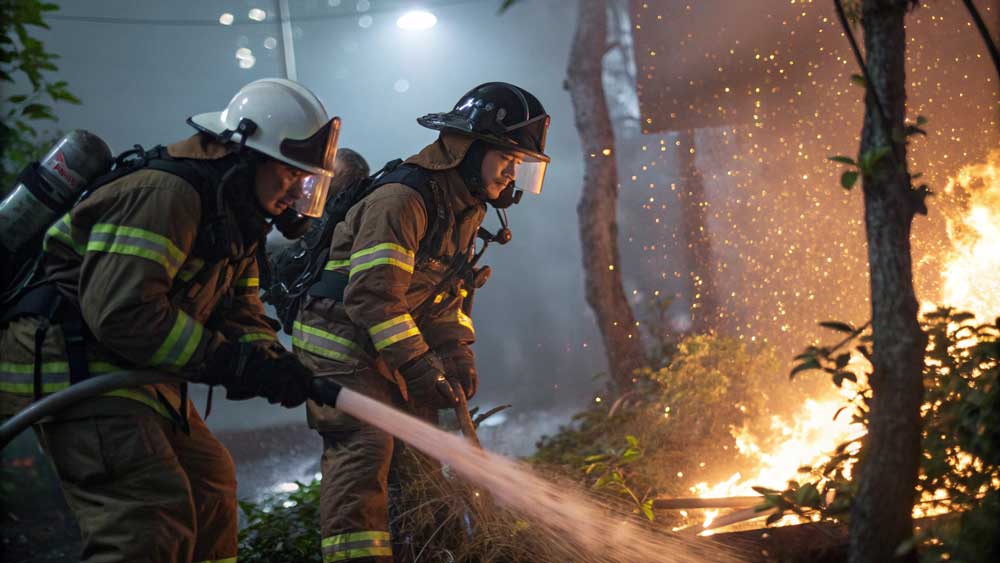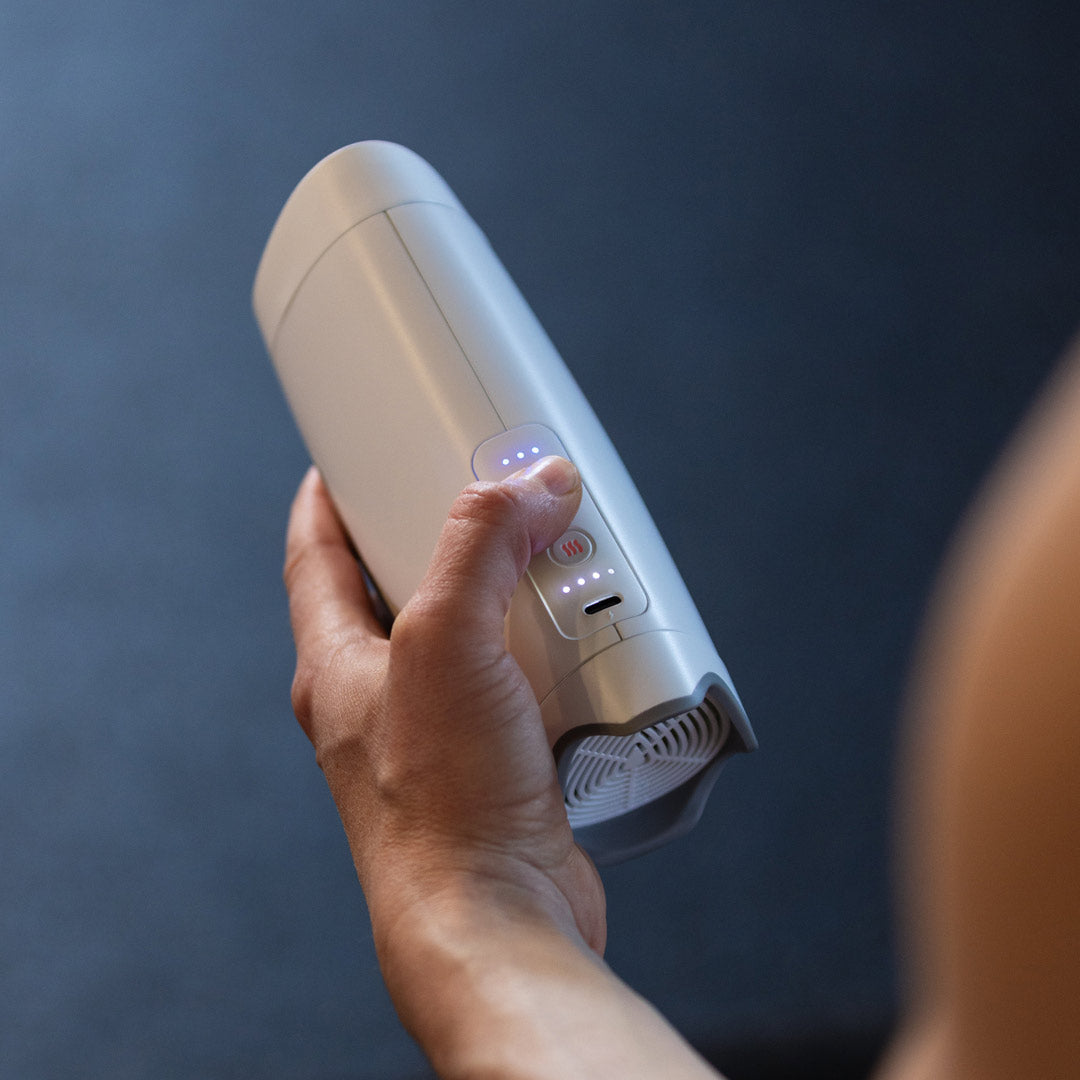Basketball is played at a relentless pace under bright lights, where heat stress builds quickly and recovery windows are short. Players are asked to sprint, jump, and defend continuously, all while maintaining focus and precision. These demands push the body’s thermoregulatory systems to their limits, and fatigue can quickly sap performance if not managed.
Studies from Apex Cool Labs show that palm cooling during timeouts lowered heart rate and reduced fatigue in elite players (Apex Cool Labs, 2024). By targeting AVA-rich surfaces in the hands, cooling helps athletes shed excess heat more efficiently than traditional methods. The result is faster physiological reset, allowing players to return to the court sharper, cooler, and with greater stamina.
Coaches and trainers are taking notice. Some have begun experimenting with palm cooling stations during practices and games, treating it as an in-game recovery tool alongside hydration and nutrition. While water breaks and towels have long been staples of courtside care, palm cooling represents a science-backed edge that directly influences the body’s ability to sustain peak performance.
As competition intensifies at every level—from youth leagues to the professional stage—small advantages can make a difference. Palm cooling offers a low-risk, evidence-based intervention that can help players maintain energy, reduce mistakes, and extend endurance when it matters most. Expect to see more courtside adoption as teams seek every competitive edge in performance and recovery.






Leave a comment
This site is protected by hCaptcha and the hCaptcha Privacy Policy and Terms of Service apply.